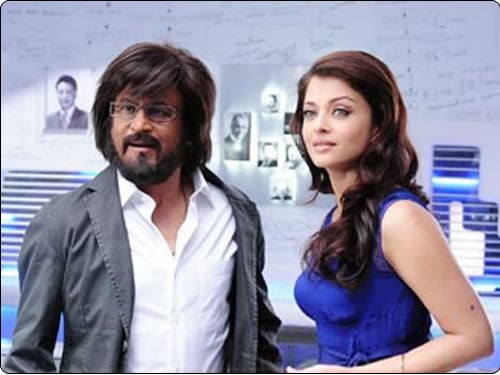[caption id="attachment_454" align="aligncenter" width="300"]

One Cow - Different Perspectives[/caption]
Once I was in Seoul. Our host had planned a special dinner at a speciality beef barbecue restaurant. Excellent barbecue was arranged at the table, courteous staff, great ambience.... One problem - I did not eat beef.
"Why?", one of them exclaimed, "It's perhaps the tastiest meat in the world".
I did not bother to answer this. But they were in no mood to give up. "By religion or choice", another gentleman chipped in. This is a typical south east Asian question. In Malaysia and Indonesia , most Muslims don't eat pork so usually people in this region are aware of relation between religion and meat.
"religion" I answered, I also wanted to see how far this goes.
"Muslims consider pig to be unclean animal hence they abstain from it. What is your reason?", this was really getting interesting now.
"We consider the cow to be the God" I could hear some sighs, suppressed laughter and hushed voices. I looked around unsuccessfully for eye contacts.
"Being a well educated, rational individual do you really think cow is a God?"
I hated the patronising tone. I hated the attempt to draw relationship between education or rationality and religious beliefs. But I ignored all of this to take the debate forward.
"No" I continued to march on.
"Does your religious book Geeta, specifically mention that cow is a god?", by now all side conversations had stopped and everyone was absorbed in this debate.
"No"
The question marks on their faces overflowed on rest of the body parts.
There was a long pause which I interpreted as "Then why the hell you guys be practical and start eating what rest of the world eats?"
At that moment, several things were running randomly in my mind. My processor was going to unchartered regions in my brain to look for any possible data, sayings, learnings, connections which would help me answer this without evading it. All I remembered was my grandfather told me cow has gods inside her stomach, which I knew at age of 5, wasn't true. I loved milk since childhood, I liked all the derived products like curd, buttermilk, butter and ghee. When I visited my ancestral village, I saw dried cow-dung being used as fuel. In one such trip, I also saw a cow giving birth to a male calf, who later worked at the farm. I did not have any memory that linked cows to godhood. After this, my processor went berserk again. There was nothing more to add to this.
Hang on....I thought, are these not good enough reasons. People were about to give up on me and get back to their beef barbecue. Time was running out.
"There are reasons", I threw the hat back in the ring.
"and what are these?" the voice was full of astonishment, curiosity laced with sarcasm.
"there are several things cow gives, which otherwise won't be available if the cow is killed". Then I rattled out milk based products, cow- dung, male calf etc etc. There was interest but no excitement as I stated the obvious.
"the farmer makes a lot of money with all these by-products", I continued to gain grounds.
I realised that most of my audience were from corporate, banks and finance departments and always talked about bottom line, profits and ROI. ROI - return on investment - that was the word I was looking for. Bingo!!
"ROI of a live cow far exceeds dead cow" Boom. Here came the clincher I was looking for. The shape of question marks changed. The new shape now meant "why the hell I did not think of this before"
Soon I had some friendly appreciative faces around. Whether they agreed or not was a different matter but they ran out of arguments.
While I am not sure if this was the actual reason for making cow a god, it sounded extremely logical to me. Interestingly, I also read that cows are almost as polluting as cars. Cows emit methane which is as dangerous as CO2. Keeping cows alive, who produce bulls to run farms is a much greener solution than having cow farms.
Now if someone asks me "why don't you eat beef. Religion or choice?"
I smile and say "logic".
Read extended short story version of Why Do Indians blogs with a few more interesting indian inscrutable ways in Why Do Indians..? - The Book
 Room in Chinese Restaurant designed to make you feel special!![/caption]
Room in Chinese Restaurant designed to make you feel special!![/caption]


 Whats up with Bolllywood Dance?[/caption]
Whats up with Bolllywood Dance?[/caption]


 Rajnikanth with Aishwarya...[/caption]
Rajnikanth with Aishwarya...[/caption] Indian Beauty Unlimited![/caption]
Indian Beauty Unlimited![/caption] [/caption]
[/caption]




